London Bridge - yes, THE London Bridge - is now located not in London or even Europe but in Arizona on Lake Havasu. Despite friends and family telling me it was just a Spring Break and drunken boaters' hang-out and a waste of time to visit, I thought they were mistaken. A while ago we headed out to London Bridge (#69 on my "100 Things in Arizona" list) to see for ourselves.
If it wasn't for the palm trees across the water, you'd almost think you were in London.
So how did London Bridge come to be in the desert of Arizona? First of all, there were actually several "London Bridges" through the course of history that spanned the same section of the Thames River. The first was a wooden bridge that eventually rotted and was replaced with the bridge made famous by the nursery rhyme. It was built by Peter of Colechurch between 1176 and 1209 and survived more than 600 years before before it, too, needed to be replaced. The new London Bridge was completed in 1831. Over time, it began sinking and by 1924, the east side of the bridge was three to four inches lower than the west side. Twentieth century automotive traffic was taking a toll on the bridge. In 1967, the Common Council for the City of London began to look for potential buyers for London Bridge. They were hoping that nostalgia surrounding the bridge would generate revenue for the city. And they were right!
Lake Havasu City founder and entrepreneur Robert McCullough took the bait and placed the winning bid of $2.46 million in April, 1968. Next came the tedious task of moving the bridge - it's not like you can take it to the UPS Store for packing and shipping. It was dismantled block by block and crated before being shipped overseas via the Panama Canal to California and then trucked to Lake Havasu City. This cost McCullough an additional $7.5 million dollars. But since he had it declared an "antique" to avoid paying taxes on it, he wasn't that concerned.
Each of the 10,276 blocks was numbered before dismantling so it could be more easily reassembled in Arizona.
The bridge was rebuilt on dry land and then a mile-long riverbed was dug out beneath it turning a Lake Havasu peninsula into an island. This made-made "river" created a purpose for the bridge. I couldn't find costs for this aspect of the bridge project but I imagine it was substantial as well. Finally, in 1971, the finished London Bridge was rededicated bringing a bit of England to the desert.
The vintage lamps on the bridge are made from the melted down cannons of Napoleon Bonaparte's army. Alternating American and Union Jack flags line both sides of the bridge.
"Old English"-themed shopping areas on both sides of the bridge were built in the early 1970's. According to local residents, there were quaint shops selling goods from England, a tea shop, pubs, book stores and the like. Visitors first passed through a courtyard with a gate that came from Widley Court in Worcester, England into a courtyard with a fountain.
A nearby sign reads: "The boundary of the City of London, England established in Roman times, is marked by a heraldic dragon at each entry by freeway. This dragon marks the boundary of the city of London Land in Lake Havasu City."
This is the backside of the Tudor-style village mall.
Unfortunately, all the quaintness and British flavor around London Bridge has disappeared leaving scores of empty, run-down shops and a plethora of kiosk-type establishments selling Hawaiian Shaved Ice, sunglasses and quick grab items for Spring Breakers and boaters.
According to the comments on one website I checked after returning, local residents are very unhappy about this turn of events and realize it reflects poorly on their town. Apparently, the owner of the "malls" that once had British-themed businesses has decided he wants to tear it all down and build condos but the town is blocking him. In the meantime, the entire area suffers.
I went expecting to find an English village tucked away in the desert. Perhaps take a tour of a piece of history and have a cup of tea. Instead, I found an out-of-place-looking antique bridge and quite a few drunken boaters. The Visitor's Center was so-so with a few photographs of what it looked like in the 1970's, some souvenirs (a very small piece of the bridge for $2, for example) and a jet-ski display. There is a tour of the bridge but only from October to April. Since we went in late September, I emailed the tour guide prior to going to ask about other tours or a self-guided one but he did not reply.
Although London Bridge is quite secure and no longer falling down physically, it might as well be in shambles. Unfortunately, the area is getting a bad rep when it could be attracting an additional kind of tourist.
Thumb Up or Down: DOWN (reluctantly, since the residents know it's a problem but are powerless to do anything)
Miles Round Trip: 459.3 miles
Miles To Date: 10,106.8 miles
Percent of List Completed: 87%
Date of This Trip: September 28, 2012
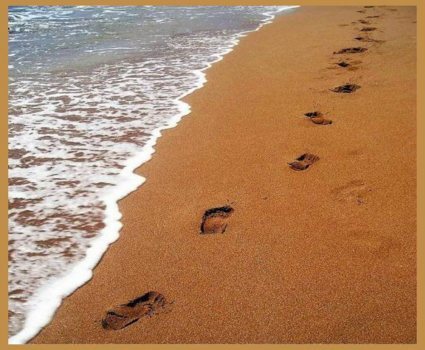
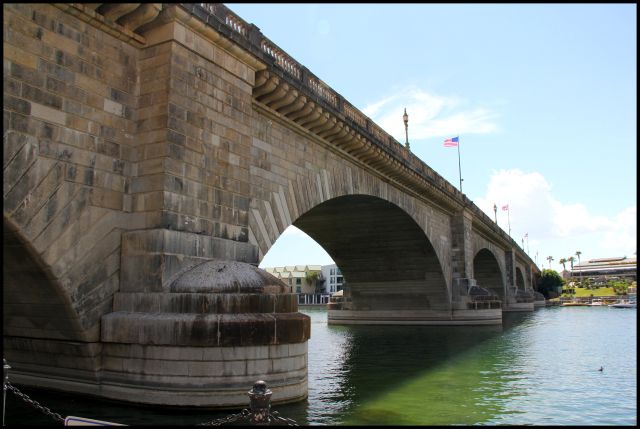
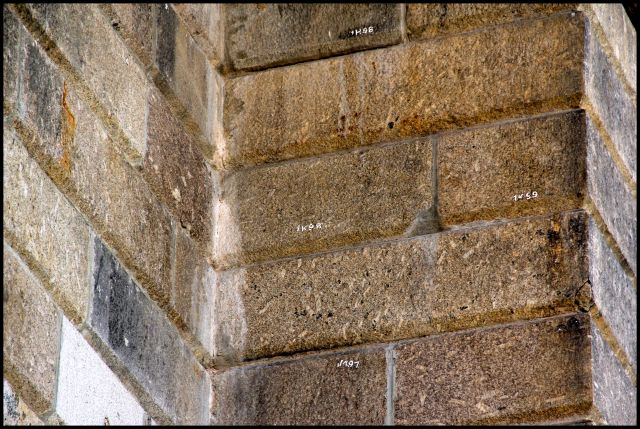
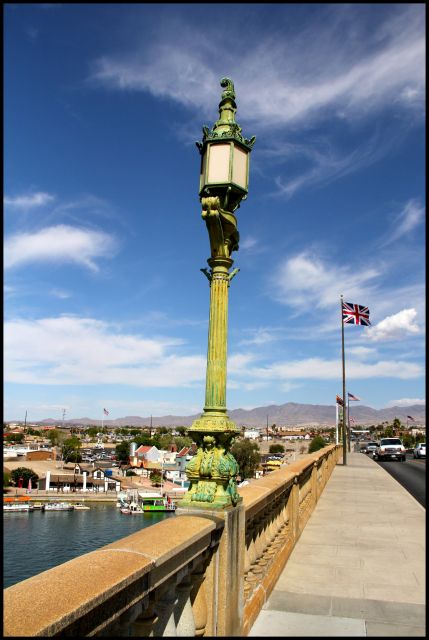
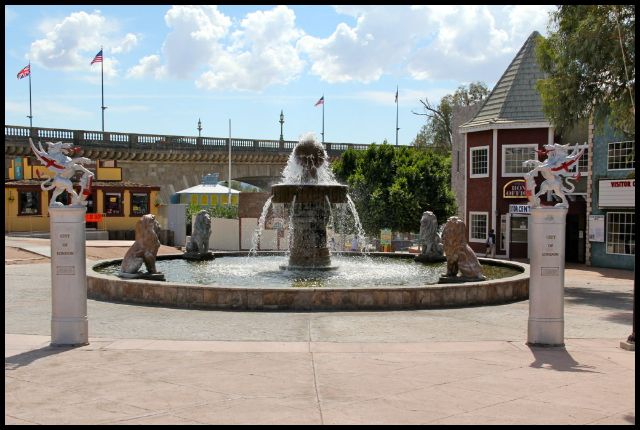
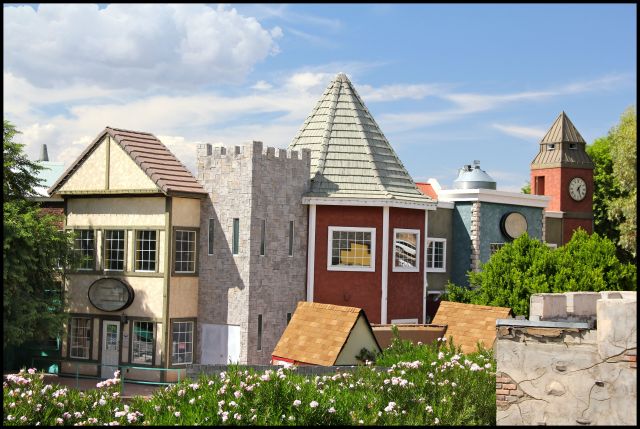

No comments:
Post a Comment